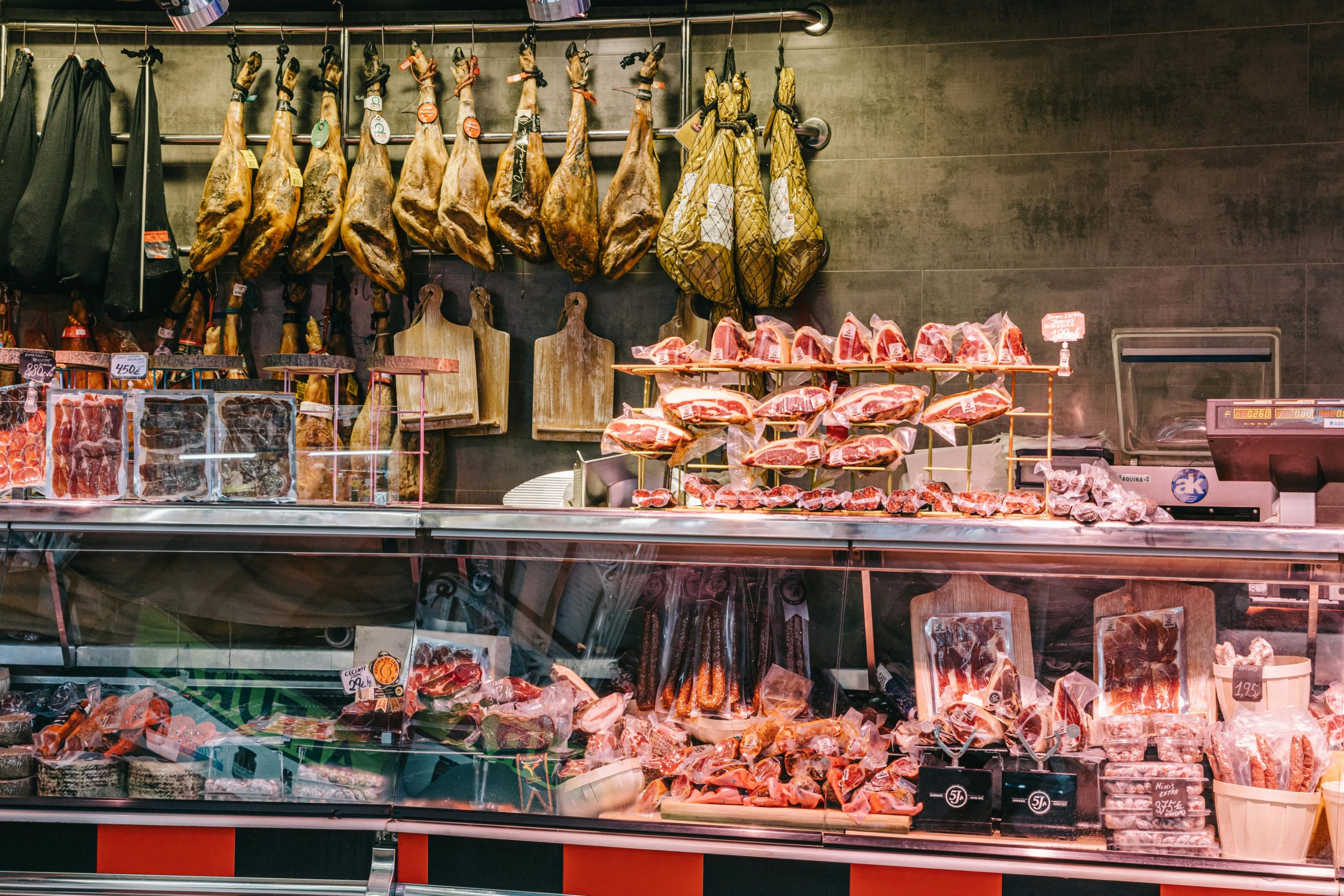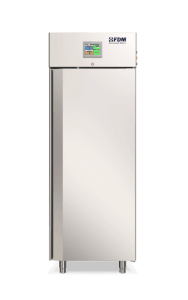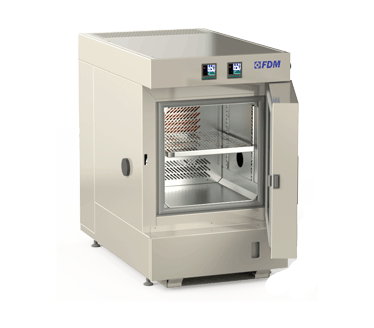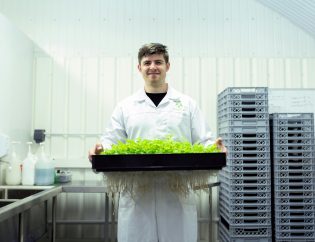
Thanks to modern technology, we can now manage the climate of environments to a very high level of precision. In addition to our homes, food industries, research laboratories and production plants make use of the possibility of creating specific climatic conditions within a closed space
Two tools that stand out in this context are curing rooms and climatic chambers.
Although they may seem similar at first glance, these two solutions serve very different purposes.
Today we will look in detail at the differences between a curing room and a climatic chamber.
Perform
Climate Stress
Discover the new series of Climate Chambers for controlled climate testing
What is the Curing Room used for
The curing room, also known as a maturation chamber, is a controlled environment specifically designed to facilitate the maturation or aging process of products such as meat, cheese, wine, and even cement. These chambers maintain stable temperature and humidity conditions for a prolonged period, ensuring that the product develops optimally.
For example, in meat processing, the curing room is used to dry and mature the product, allowing the development of flavors and preservation through natural processes such as fermentation and dehydration. In construction, however, a concrete curing room maintains constant humidity and temperature to ensure optimal hardening and resistance of the concrete.
Curing rooms are therefore essential for those production processes in which it is necessary to maintain stable conditions for a long time, in order to guarantee quality, safety and specific characteristics of the final product.
What is the Climatic Chamber used for
The climatic chamber is a laboratory instrument that consists of a compartment hermetically isolated from the outside, in which it is possible to simulate a wide range of atmospheric conditions. These chambers are mainly used to test the durability, resistance and quality of products or materials in extreme or variable conditions. All climatic chambers allow the control and monitoring of two fundamental environmental parameters: temperature and humidity. Specialized models for certain sectors can also simulate various types of precipitation and different intensities of solar illumination.
che consiste di un vano ermeticamente isolato dall’esterno, in cui è possibile simulare una vasta gamma di condizioni atmosferiche. Queste camere sono utilizzate principalmente per testare la durabilità, la resistenza e la qualità di prodotti o materiali in condizioni estreme o variabili.Tutte le camere climatiche consentono il controllo e il monitoraggio di due parametri ambientali fondamentali: temperatura e umidità. Modelli specializzati per certi settori possono inoltre simulare vari tipi di precipitazioni e diverse intensità di illuminazione solare.The procedures for carrying out climatic chamber tests are outlined by a number of international bodies that issue globally recognized standards. The most important of these organizations is the ISO, the International Organization for Standardization.
You cannot find the ideal chamber for your test?
Create your own environment, according to any test requirement
Differences between Curing Room and Climatic Chamber
Although curing rooms and climatic chambers may seem similar in that they are both designed to control environmental conditions within an enclosed space, they have important differences in their uses, purposes and technical specifications.
- Purpose and Use: The main difference is their purpose. curing rooms are designed to maintain specific, stable conditions for extended periods of time to support natural processes such as curing or hardening. In contrast, climatic chambers are designed to perform individual tests on products or materials.
- Condition Control: While curing rooms focus primarily on controlling temperature and humidity, climatic chambers offer much more advanced and flexible control, allowing for programming cycles and controlling additional parameters such as sunlight or CO2 concentration.
- Duration of Operation: As a consequence of what we have said, curing rooms are designed for extended periods of use, sometimes weeks or months, in which conditions must remain stable to ensure an optimal process. While climatic chambers are designed for shorter and more specific tests.
The FDM Climatic Chamber
With over 70 years of experience in the sector, FDM - Environment Makers designs technologically advanced climatic chambers, capable of performing all the tests mentioned above.
Furthermore, our technicians are always available to interface with the customer to design a customized climatic chamber, suited to their specific needs.
Please contact us.
Would you like to receive a quote or do you have questions about the product?
Contact us to receive more information about this Product.




